How Folding and Forging Actually Works — The Art of Shita-Kitae and Age-Kitae
So, let’s say you’ve got a chunk of tamahagane, the traditional Japanese steel used to make a katana. Congrats — now the real fun (and pain) begins. That steel block isn’t going to shape itself into a beautiful sword. First, it’s gotta be hammered, stretched, chopped, folded, and then… repeat. And repeat again. Welcome to the world of shita-kitae, the “base forging” stage.
Here’s the basic idea: you heat up the steel, hammer it until it’s about twice its original length, then score it with a chisel and fold it over. Rinse and repeat — literally, since water quenching is involved later. This whole heat-stretch-fold cycle usually goes on about six times during shita-kitae. Sometimes the swordsmith will stretch it lengthwise, other times sideways, just to keep things… spicy. One smith holds the steel, the other whacks it with a giant hammer. It’s a two-person dance of heat, muscle, and a lot of noise.
Once the base forging is done, the smith scores the now-layered steel again and breaks it into two or three chunks — not by karate chop, but with some clever notches and a quick quench. When it’s cooled, they split it up with a hammer.
Now, about the material: tamahagane isn’t your average steel. It’s got a super rough, coarse grain — picture rock salt compared to table salt. Modern high-carbon steel is smooth and predictable. Tamahagane is a diva. But that’s why it’s perfect. It’s harder, tougher, and packed with carbon — just what a katana needs. Those layered lines you sometimes see in a finished blade? That’s from this folding process. Pretty cool, huh?
After shita-kitae, the smith moves on to age-kitae, or “final forging.” Basically, do it all again — fold, heat, hammer — but with more finesse. The timing is critical: if the steel cools down too much, hammering it can cause cracks. Usually, it takes about 15 minutes to get it hot enough, then a couple of minutes of hammering before it needs to be reheated. This goes on over and over, until the steel says, “Okay, I’m ready.”
Oh, and you might see the smith dunking the hammer in water and splashing it over the anvil. That’s not just for show. When the hot steel hits the damp surface, it explodes in steam, blasting away dust, rust, and debris. It’s like giving the steel a high-pressure spa day. Clean steel is happy steel.
How Folding Controls the Carbon — and Why That Matters
Here’s the tricky part: every time the steel is heated, it loses a bit of carbon. And carbon is what makes steel hard enough to keep a sharp edge. Too much carbon loss? You’ll end up with a sword that bends like a rubber toy. Not good.
So, master smiths work fast. They heat only as much as needed, fold efficiently, and keep their eyes on the clock. One trick they use is coating the steel with a mix of clay and rice straw ash. Sounds like something from an ancient recipe, right? But it works — the clay protects the steel at around 1000°C, and the ash clings on at even higher temperatures, shielding the carbon from burning off.
Now, let’s talk numbers: too much carbon (over ~0.8%) and the steel gets brittle — it might snap if you sneeze at it. Too little (under ~0.5%) and it’s too soft — bends like a noodle. The sweet spot is around 0.6% to 0.7%. That gives us a hard outer steel (called kawagane) perfect for showing off a sharp hamon — that gorgeous wavy temper line down the blade.
How do smiths know the carbon level is just right? By folding and watching. If the steel cracks or gaps while folding, it’s too high in carbon. If it folds smoothly and stretches nicely, it’s probably just right. They usually fold the steel about 12 times for kawagane, and 5–7 times for shingane — the softer core steel inside the blade. But again, it all depends on the starting material and the smith’s gut instinct.
It’s Not Just Folding — It’s Purifying
Here’s something that doesn’t get enough love: folding doesn’t just mix and toughen the steel — it also purifies it. See, tamahagane is full of impurities when it comes out of the smelter. Think of slag, rust, weird minerals… all the stuff you don’t want inside a blade. As the smith folds and hammers the steel, that gunk gets squeezed out bit by bit. That’s why the finished blade is so strong — it’s clean steel, not just fancy folded stuff.
And then there’s the jihada — the grain patterns on the sword’s surface. You know those wood-like lines and swirls you see on polished katanas? That’s from folding. Depending on how the smith hammers and polishes the steel, you’ll get different patterns like itame-hada (wood grain) or matsukawa-hada (pine bark). If they use the side of the billet, you’ll see masame-hada — straight-line grain. Sometimes you even get all three on the same blade, like a sushi sampler of steel.
So, Why All This Folding?
Simple answer? Folding makes the sword stronger, cleaner, and just flat-out cooler.
Longer answer? The process of folding happens in two stages — shita-kitae and age-kitae. During shita-kitae, the smith stretches, folds, and hammers the tamahagane six times or more. Then the billet is chopped into three parts. In age-kitae, those parts are fused back together, folded again another six times or so, and eventually become the kawagane — the hardened outer shell of the blade.
But here’s the kicker: the final blade is only made from about one-quarter of the steel they started with. Yeah, 75% of it goes poof during forging. That’s the price of perfection. By the end, the smith has two types of steel — a hard kawagane for the outer shell and a softer shingane for the core. The blend makes the sword tough but not brittle, sharp but not fragile. Just like any good warrior.
Read more
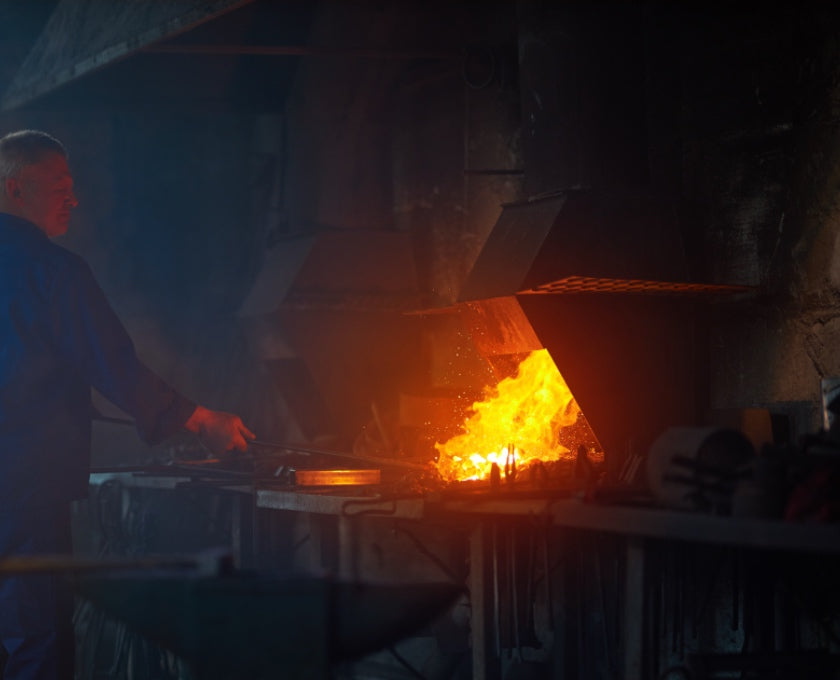
Clay tempering is a traditional technique used in making katanas, in which clay is applied to the blade before quenching. Its purpose is to give the katana both hardness and toughness, while also c...
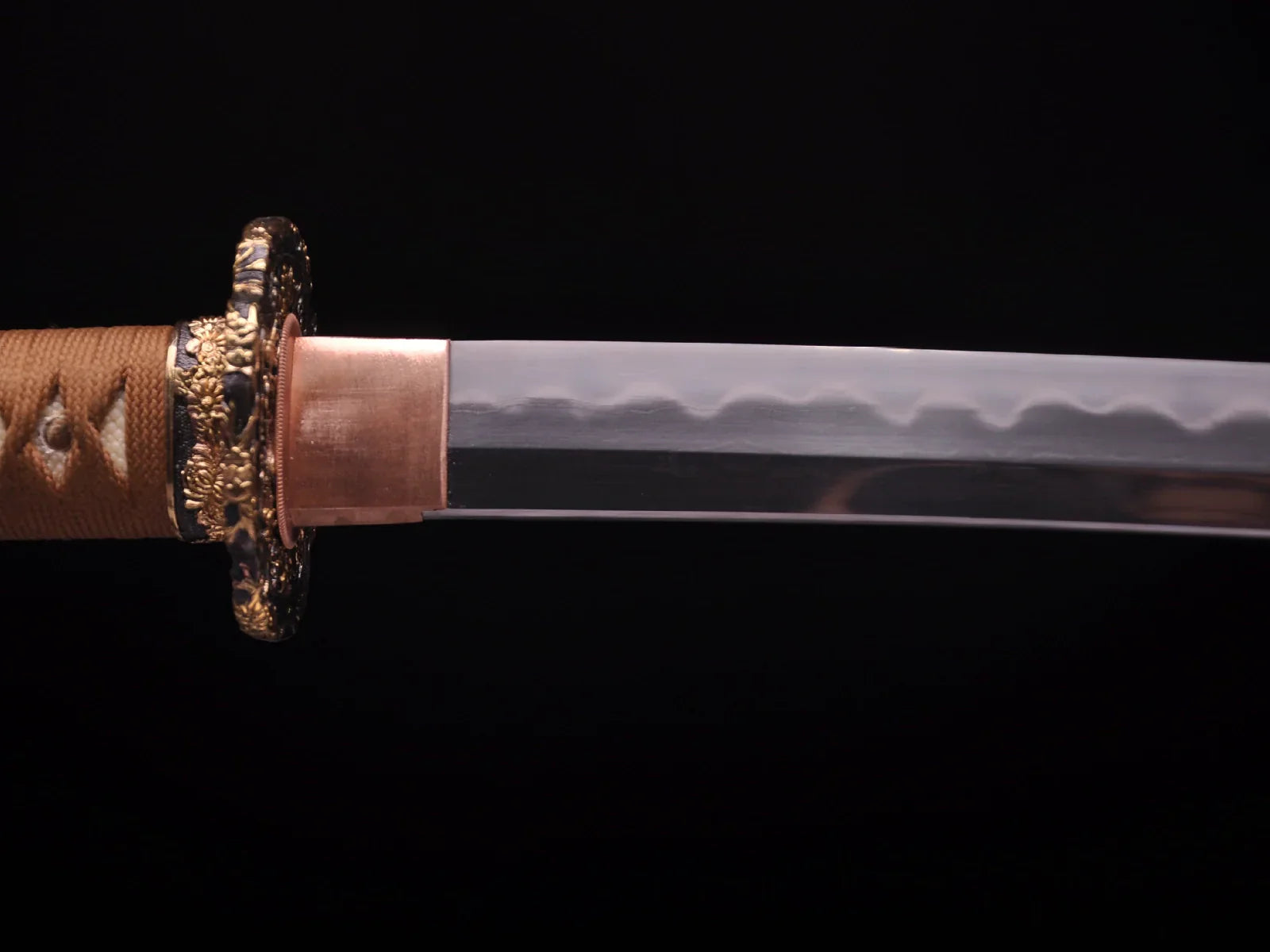
The hamon is essential to a true Japanese sword. Follow along as we explore what the hamon is, how to judge its quality, its practical function, and the history behind it. What Is Hamon? What Mak...
Shop katana
Our katana store offers a wide selection of japanese swords — from traditional katanas and anime-inspired designs to fully functional blades — featuring a variety of materials and craftsmanship to suit your preferences.

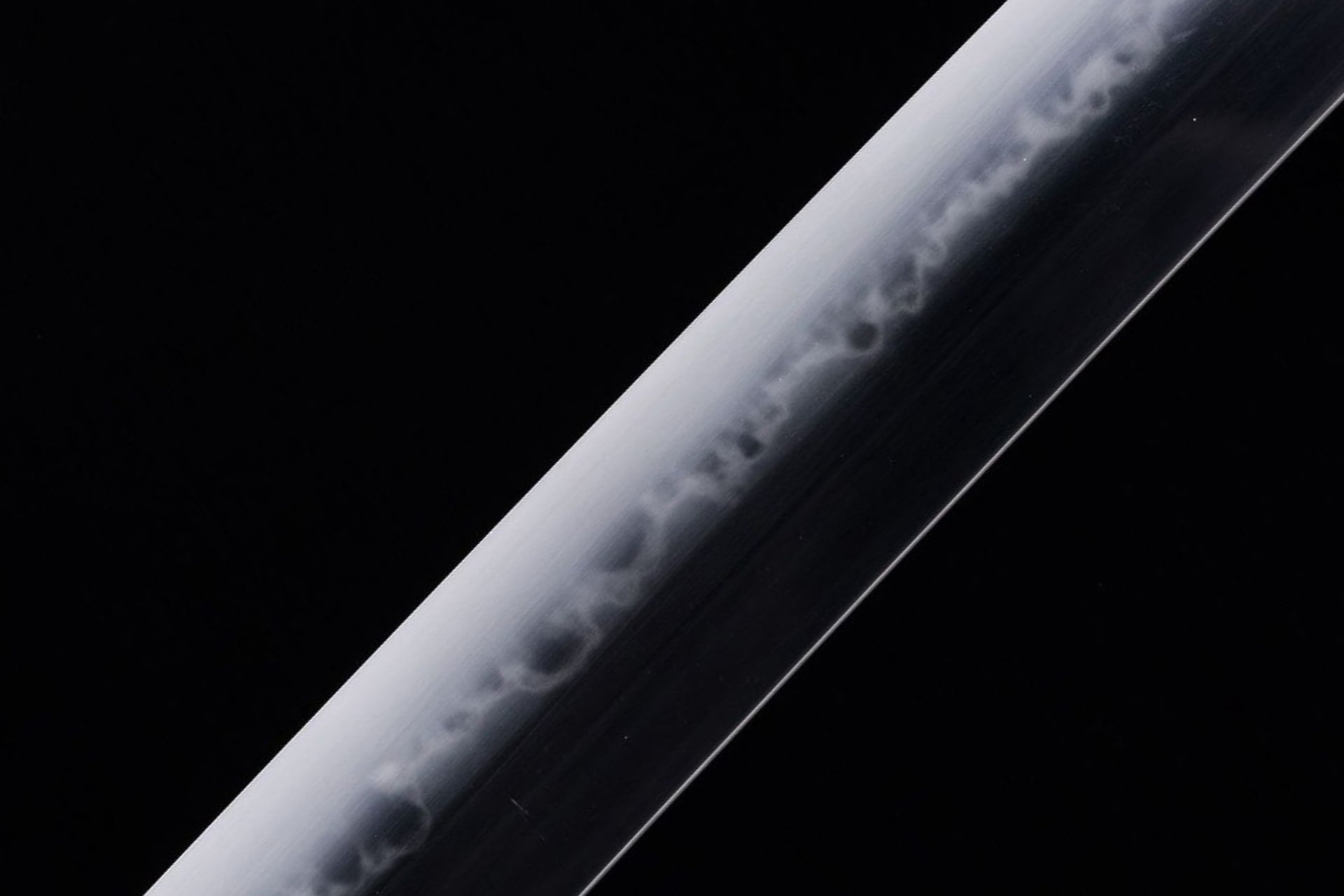
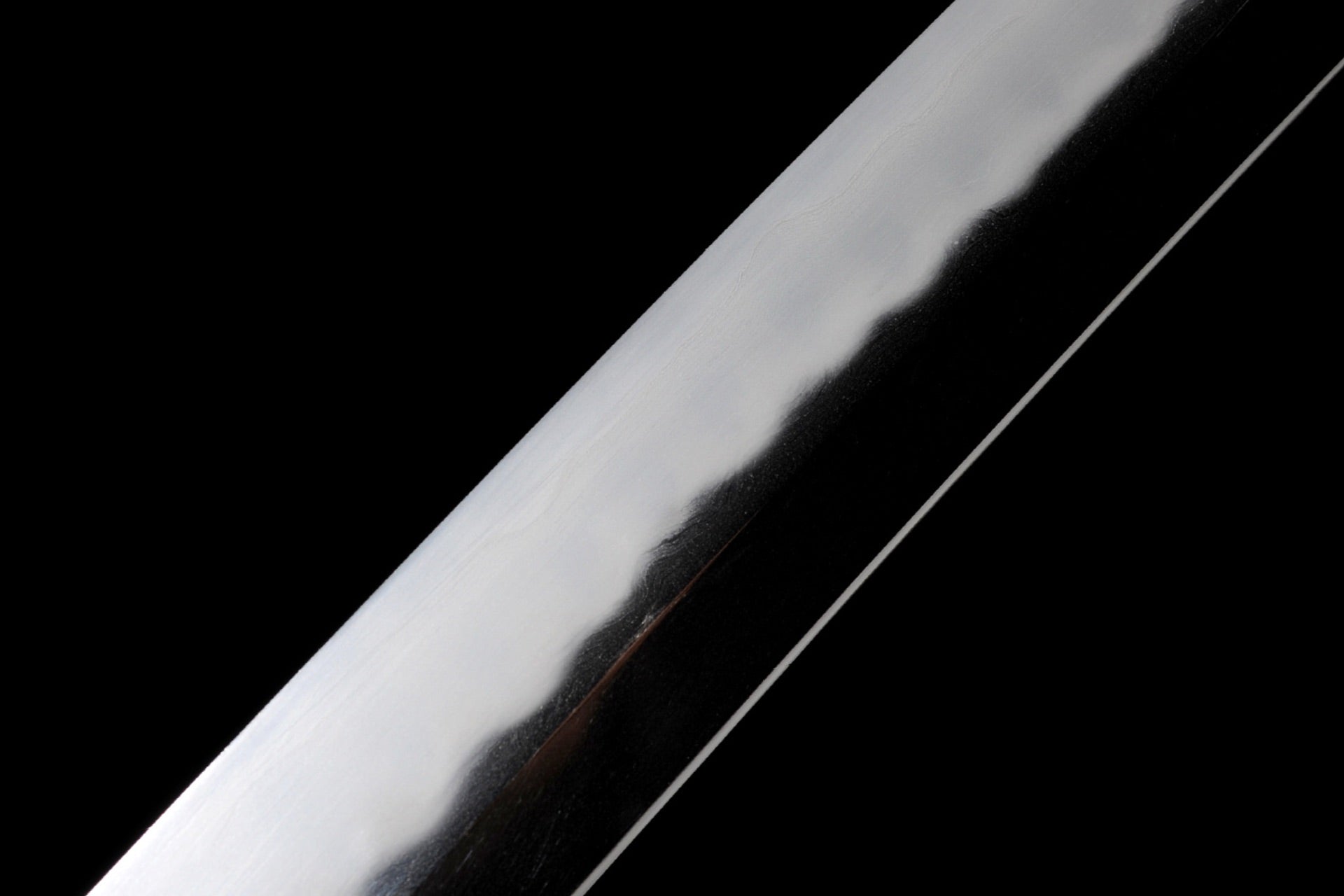
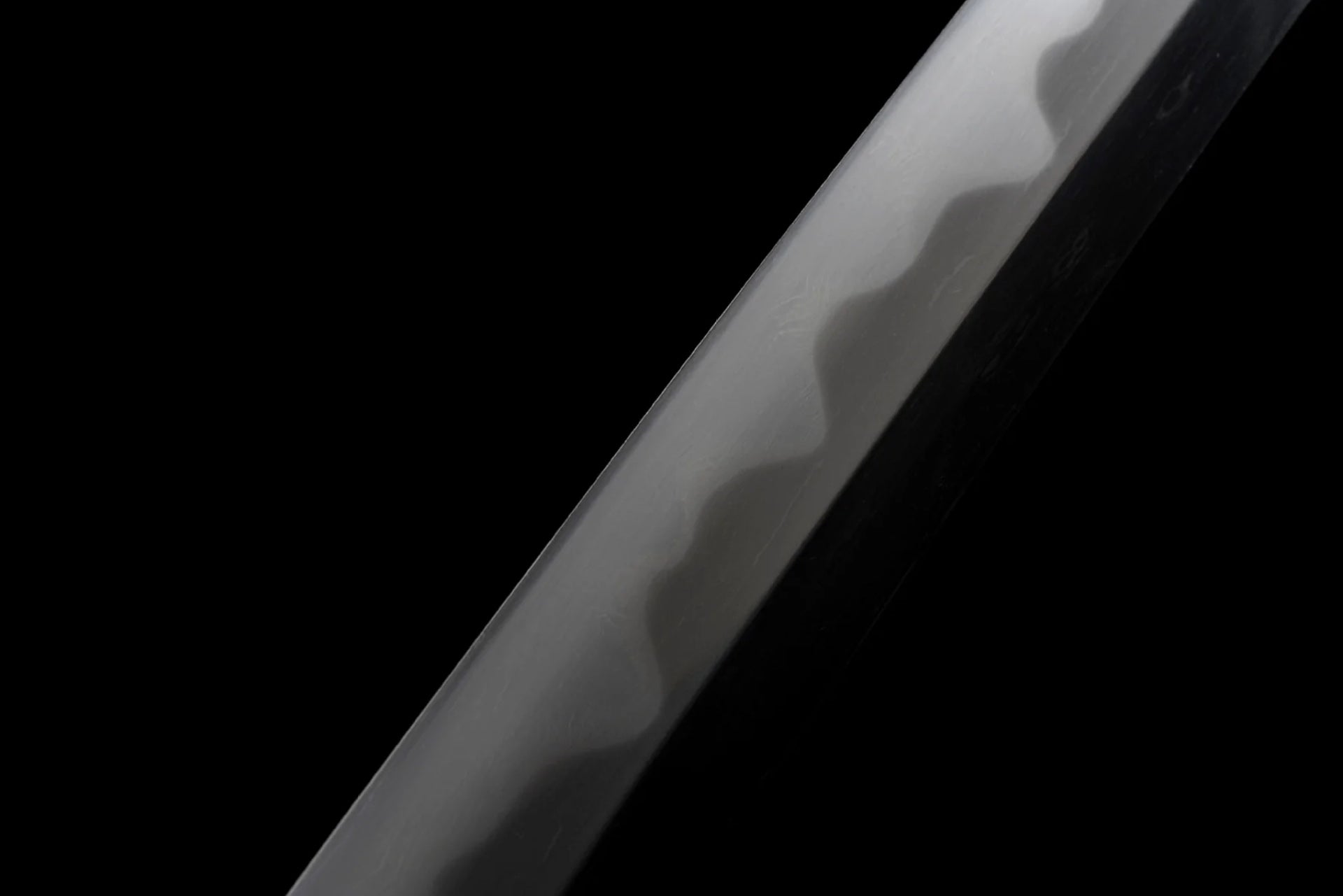
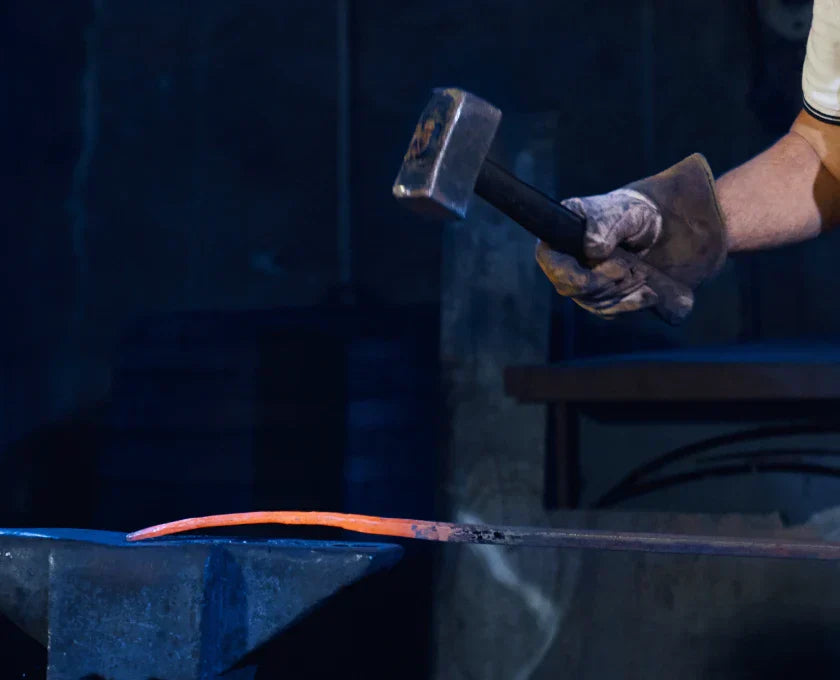
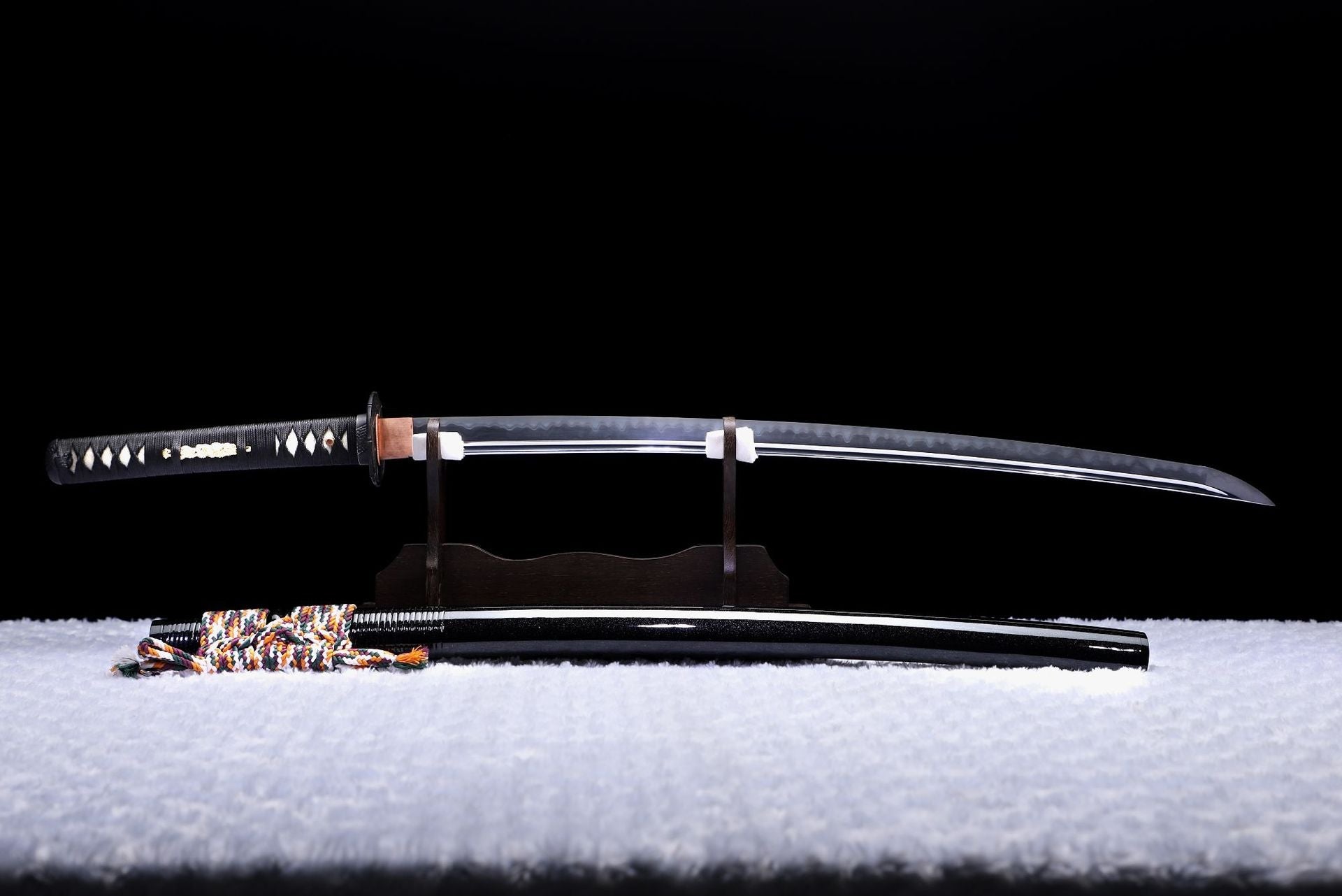
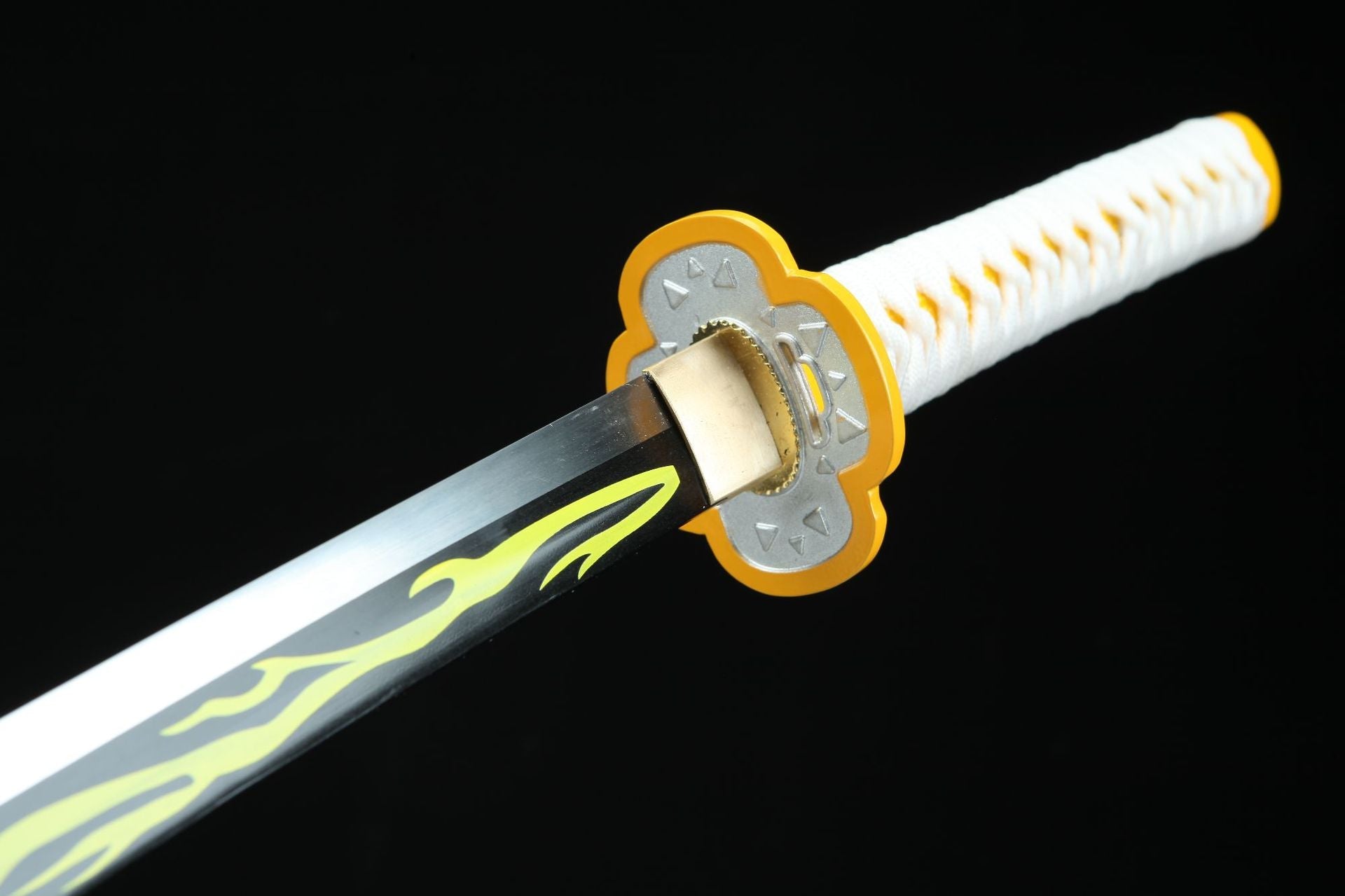
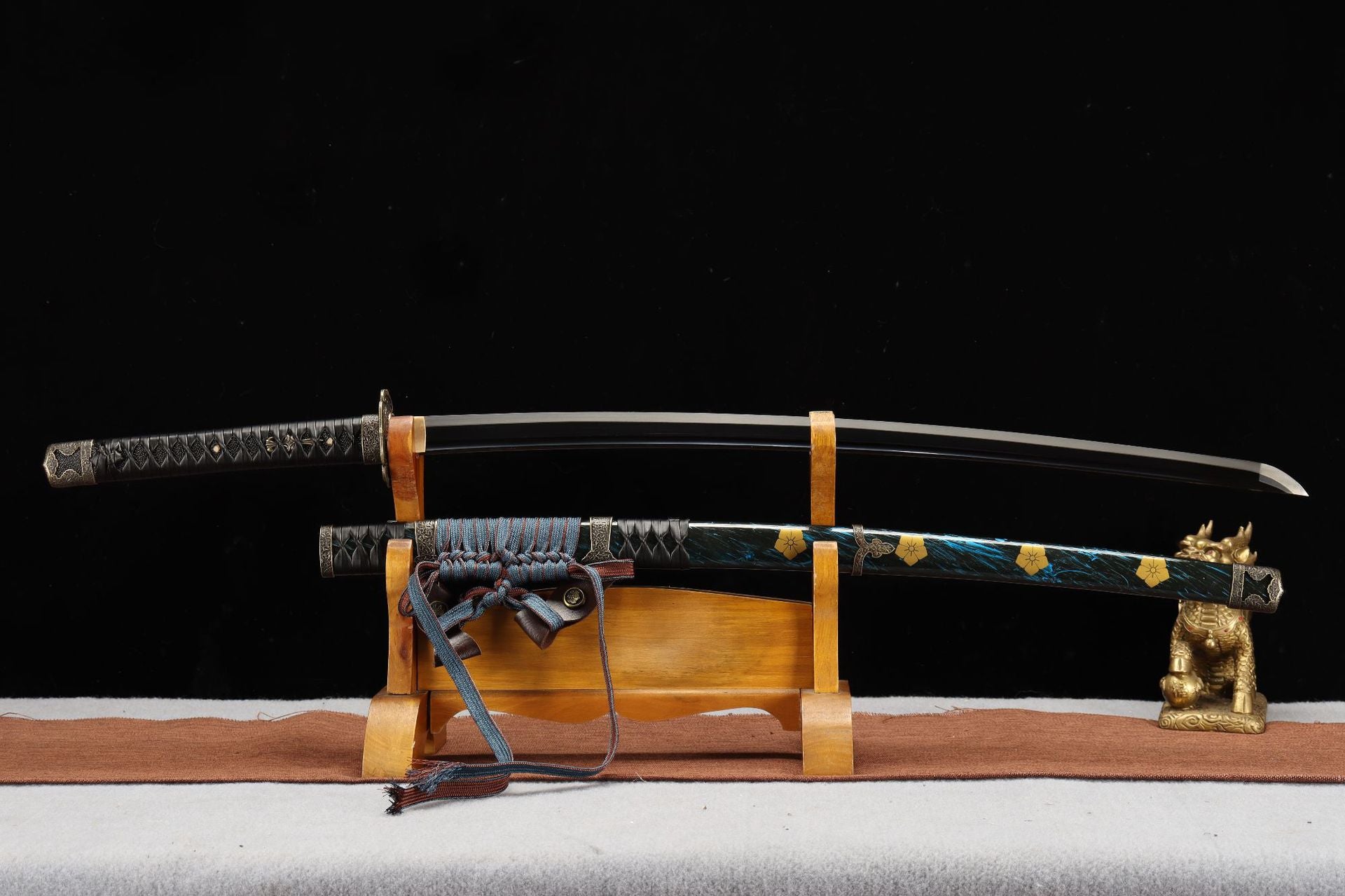
Leave a comment
All comments are moderated before being published.
This site is protected by hCaptcha and the hCaptcha Privacy Policy and Terms of Service apply.